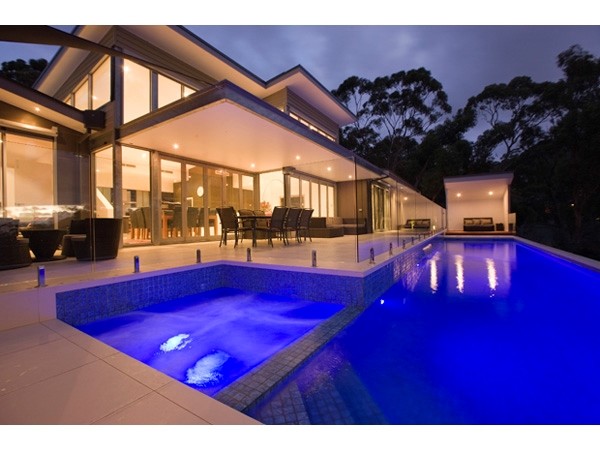To assist specifiers, builders and engineers with using sandwich panels, National Precast Concrete Association Australia (NPCA) has produced a new handbook about their design, manufacture and application.
Insulated precast concrete sandwich panels have been around for years, but according to NPCA, over the past decade, with people more conscious about sustainability, “the product has really taken off”.
The Recommended Practice: Precast Concrete Sandwich Panels, is a 46 page full colour guide which explains their thermal and acoustic performance, architectural considerations, structural design and detailing, as well as information about their manufacture and installation.
According to NPCA CEO Sarah Bachmann, insulated precast concrete sandwich panels offer a myriad of benefits including unsurpassed durability, fire resistance and fast construction times. While their thermal performance offers the potential to considerably reduce energy consumption.
“The fact that I have even built my own house using sandwich panels, tells you I am a believer”, she said.

Pictured: The Adelaide Hillside home
“When I built my home in the Adelaide Hills, I wanted something that would stand the test of time, something that was fire safe, energy efficient and which needed minimal maintenance. I looked at everything that was on the market and sandwich panels were by far the best solution, ticking all the boxes.”
Using high strength, high quality precast concrete, sandwich panels provide a long service life. There is no need for an outer coating, which means low maintenance costs throughout the life of the building. But exterior coatings such as stain or paint can be applied, or form liners used to achieve different patterns and textures, or of course, the full range of architectural finishes such as polishing or honing are options for the designer as well.
“One thing I did really like, was that unlike most alternative systems, insulated sandwich panels have most of their thermal mass on the inside of the building. Their high thermal storage capacity makes them capable of absorbing and releasing heat very slowly, thereby minimising fluctuations in internal temperatures. Combining this with a building that is passive solar designed and which incorporates photovoltaic panels, I virtually have my own inbuilt heating and cooling system… with negligible energy bills”, Bachmann said.
“Being in a high fire danger zone, I really liked their fire properties too. My panels were designed to be fire rated for four hours. Integrating fire rated windows into the sandwich panels walls, means I will be pretty safe in the case of a fire”.
“Then there are all of the other benefits that sandwich panels offer as well. For example, my panels were supplied by a local precaster, they have great sound properties and they made for very fast construction. I didn’t need any other trades to finish the walls – there was no insulating needed nor plasterboard to be added like with traditional forms of construction”, she said.
Sandwich panels are manufactured by members of National Precast in controlled factory conditions, allowing for quality control and for panels to be supplied at the time of requirement.
More information about sandwich panels and about the new Recommended Practice, is available on the National Precast website, www.nationalprecast.com.au.

